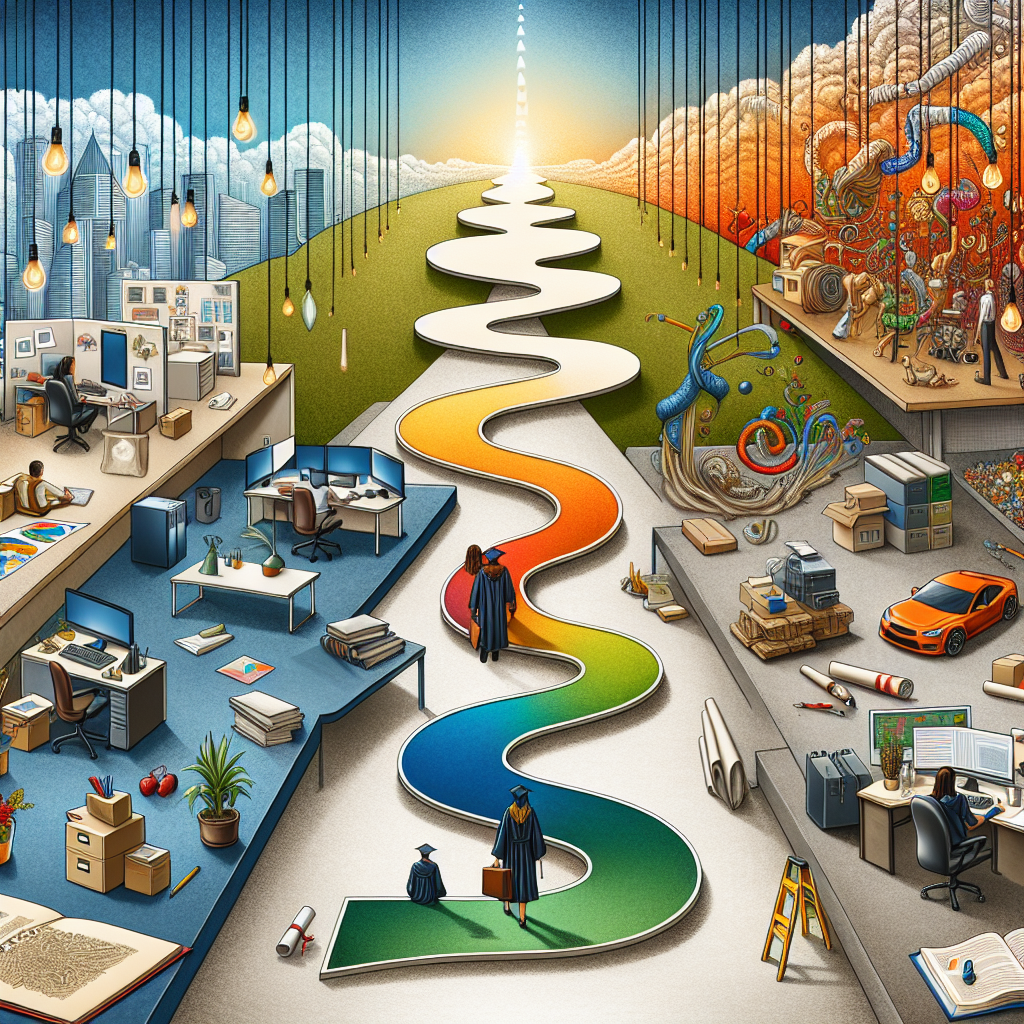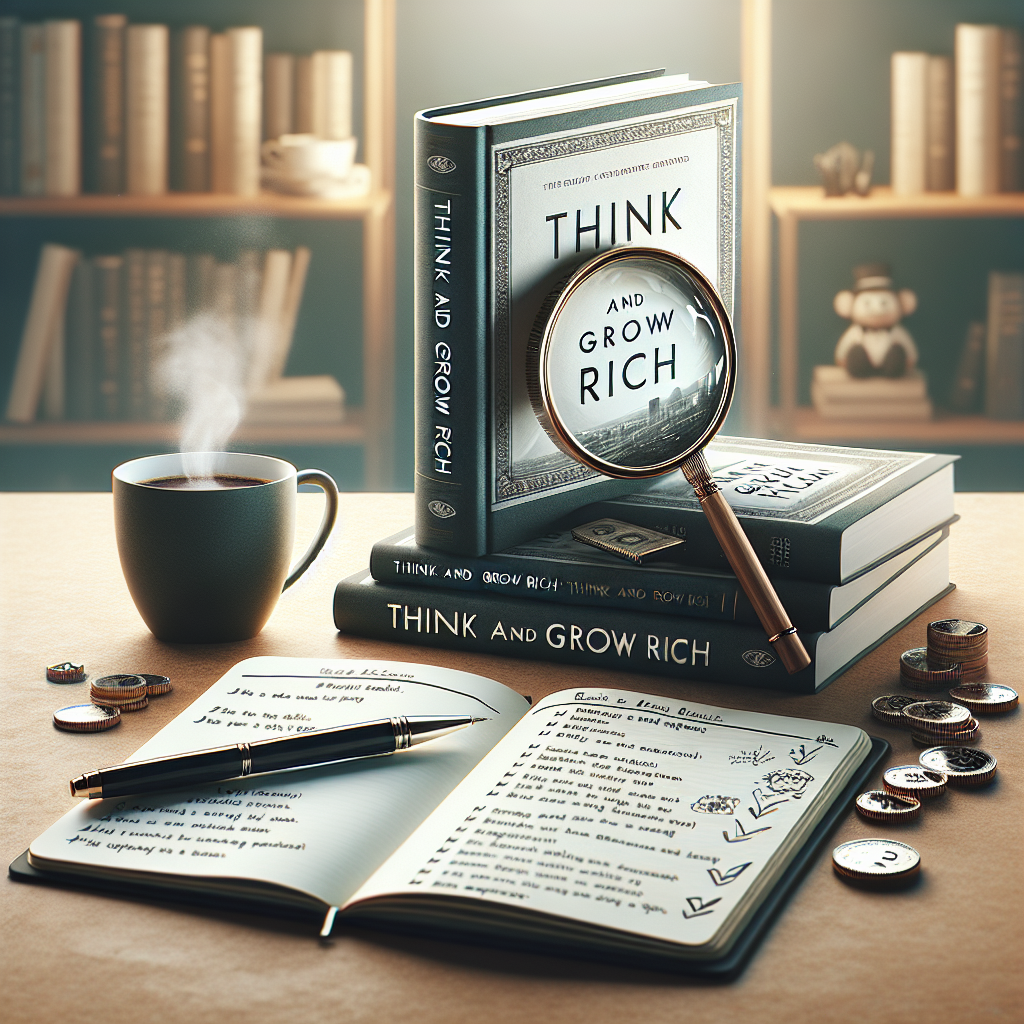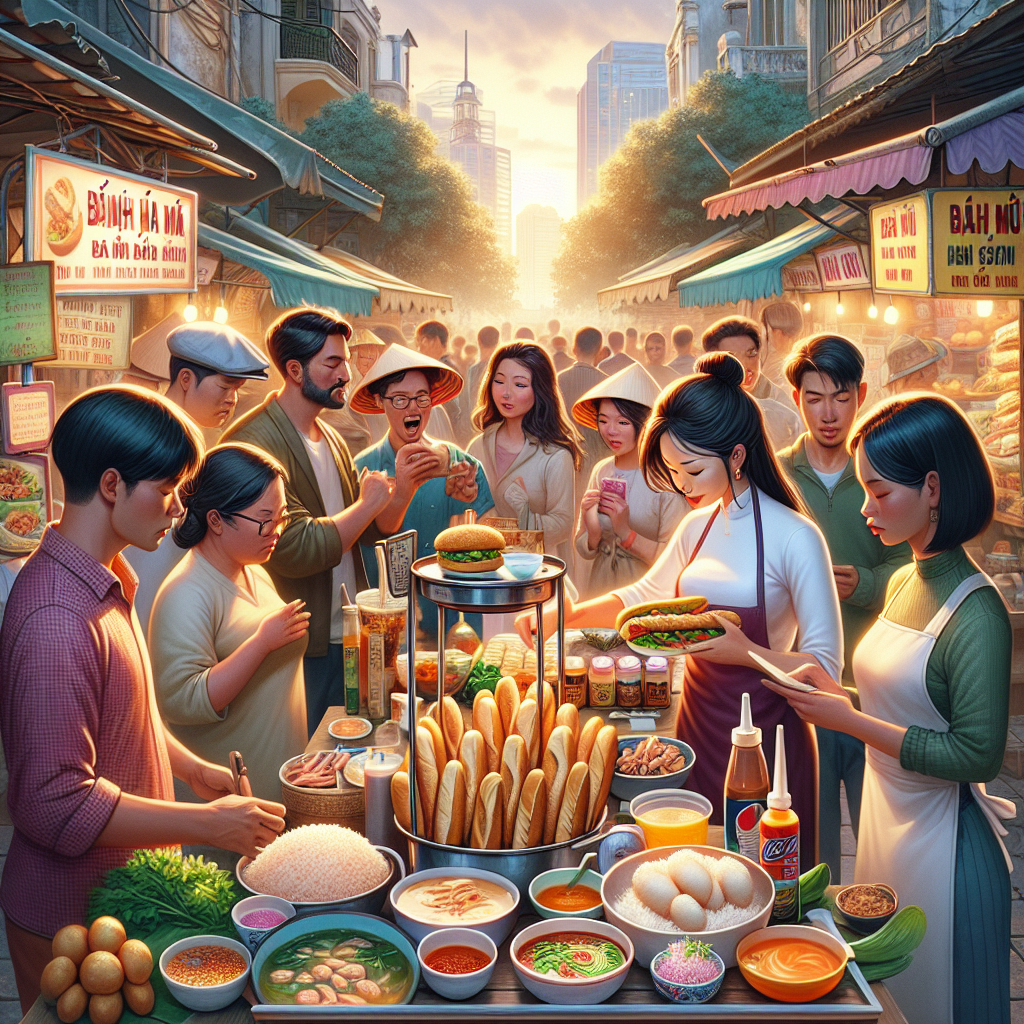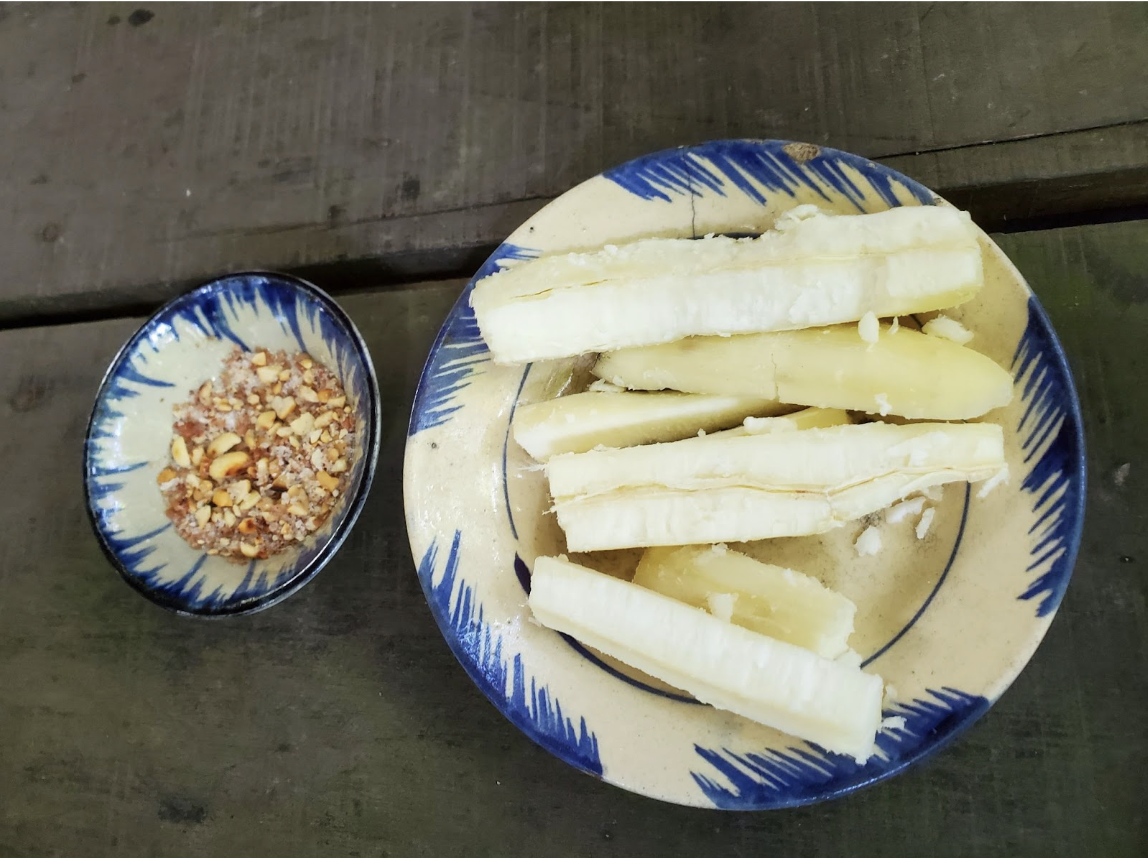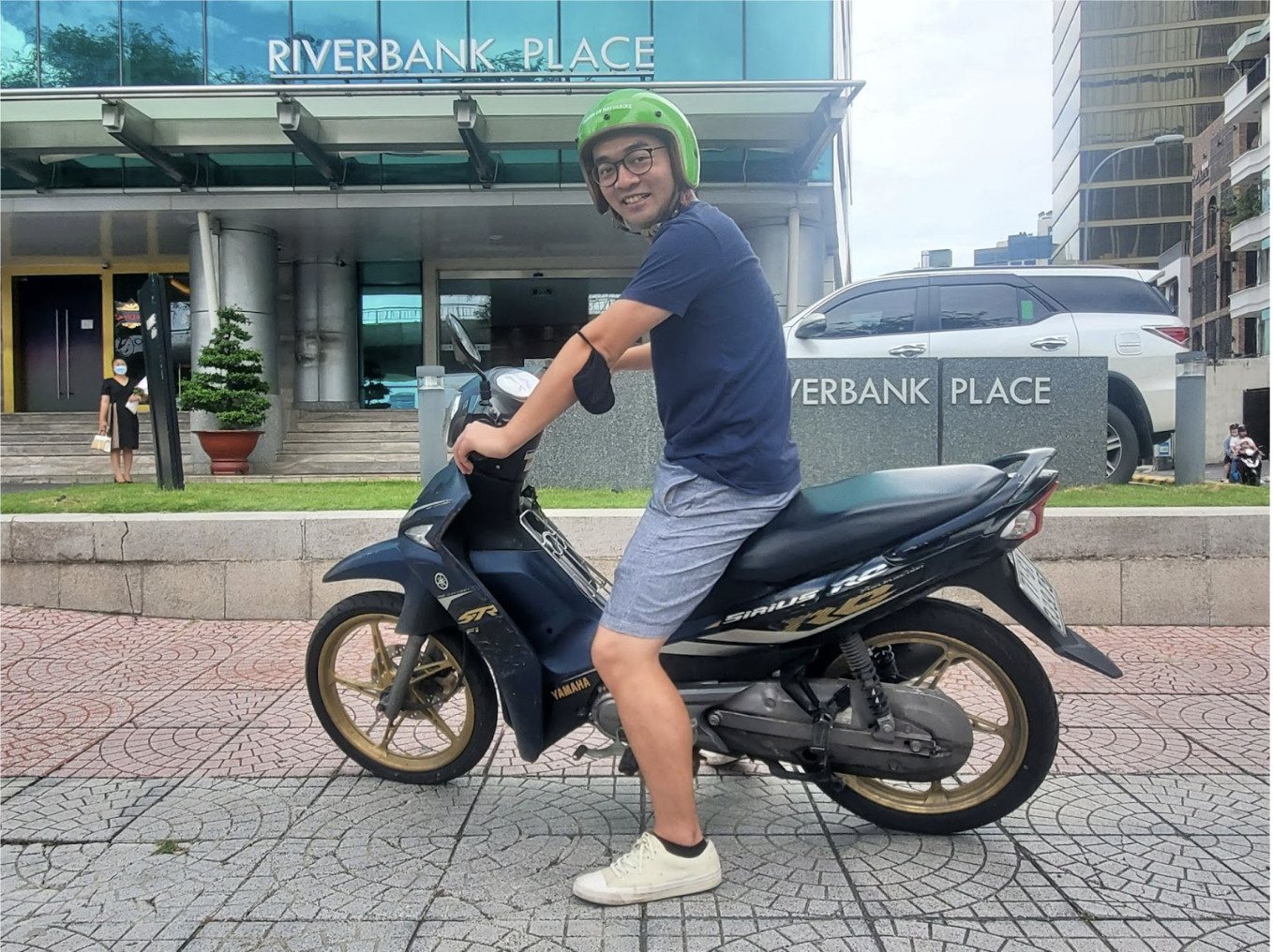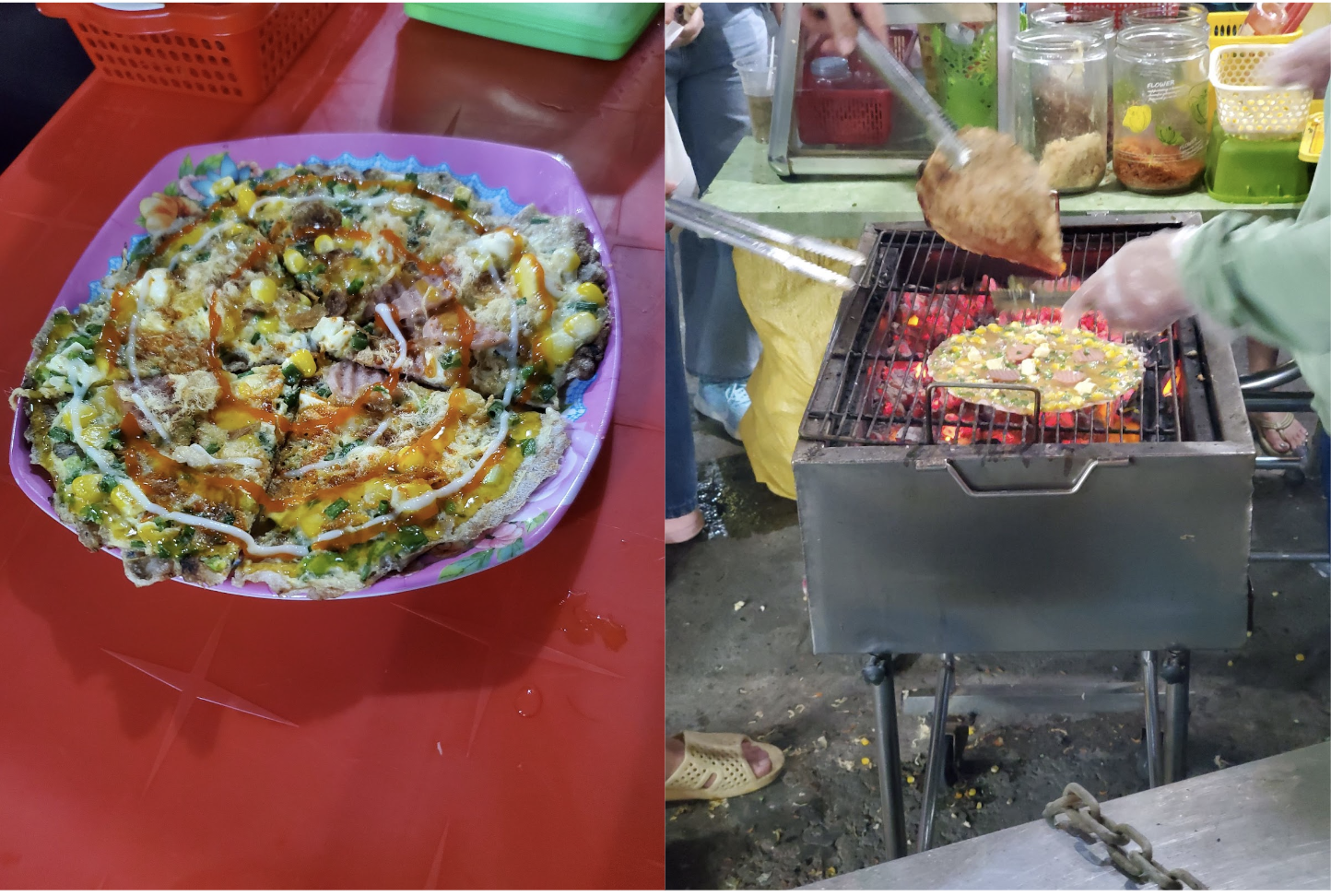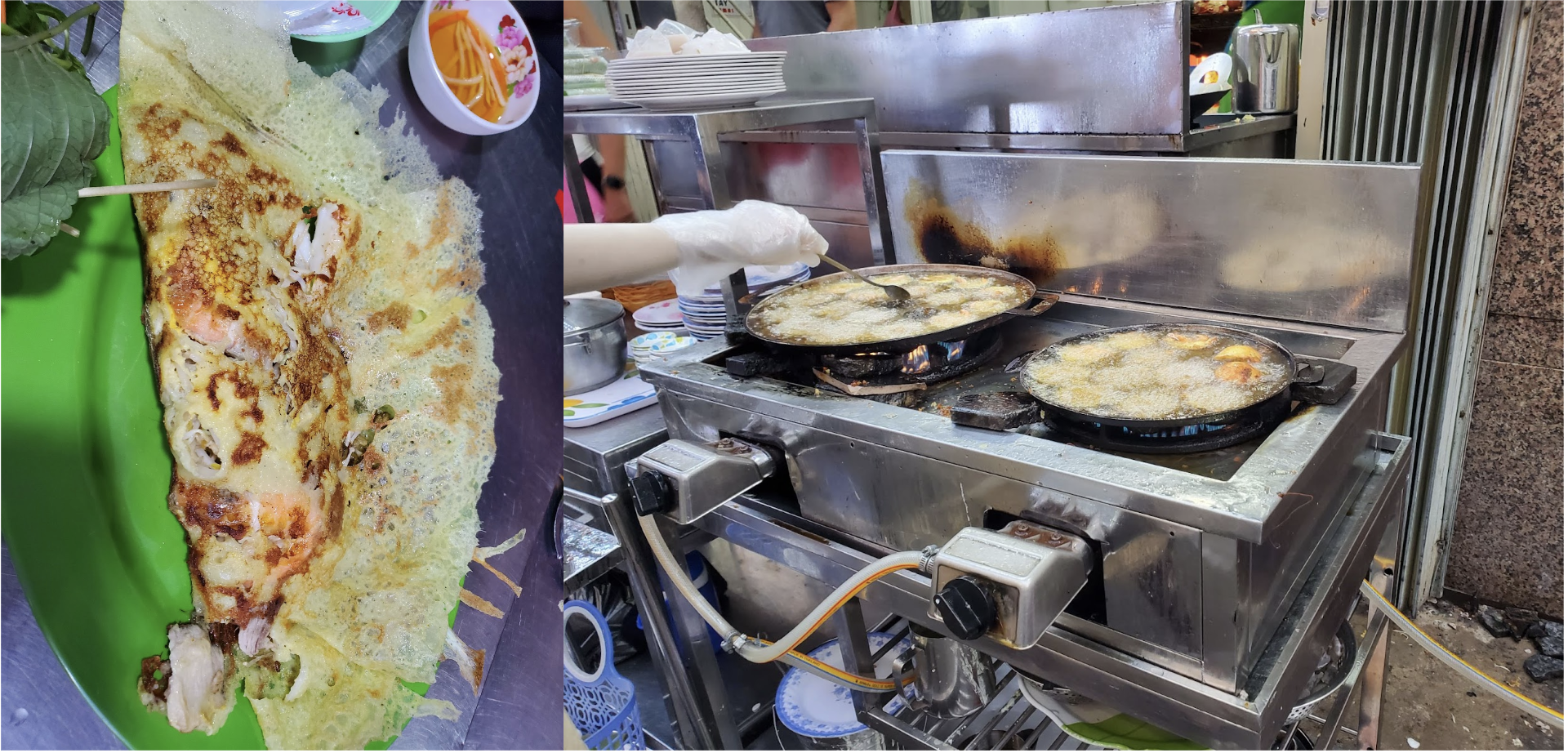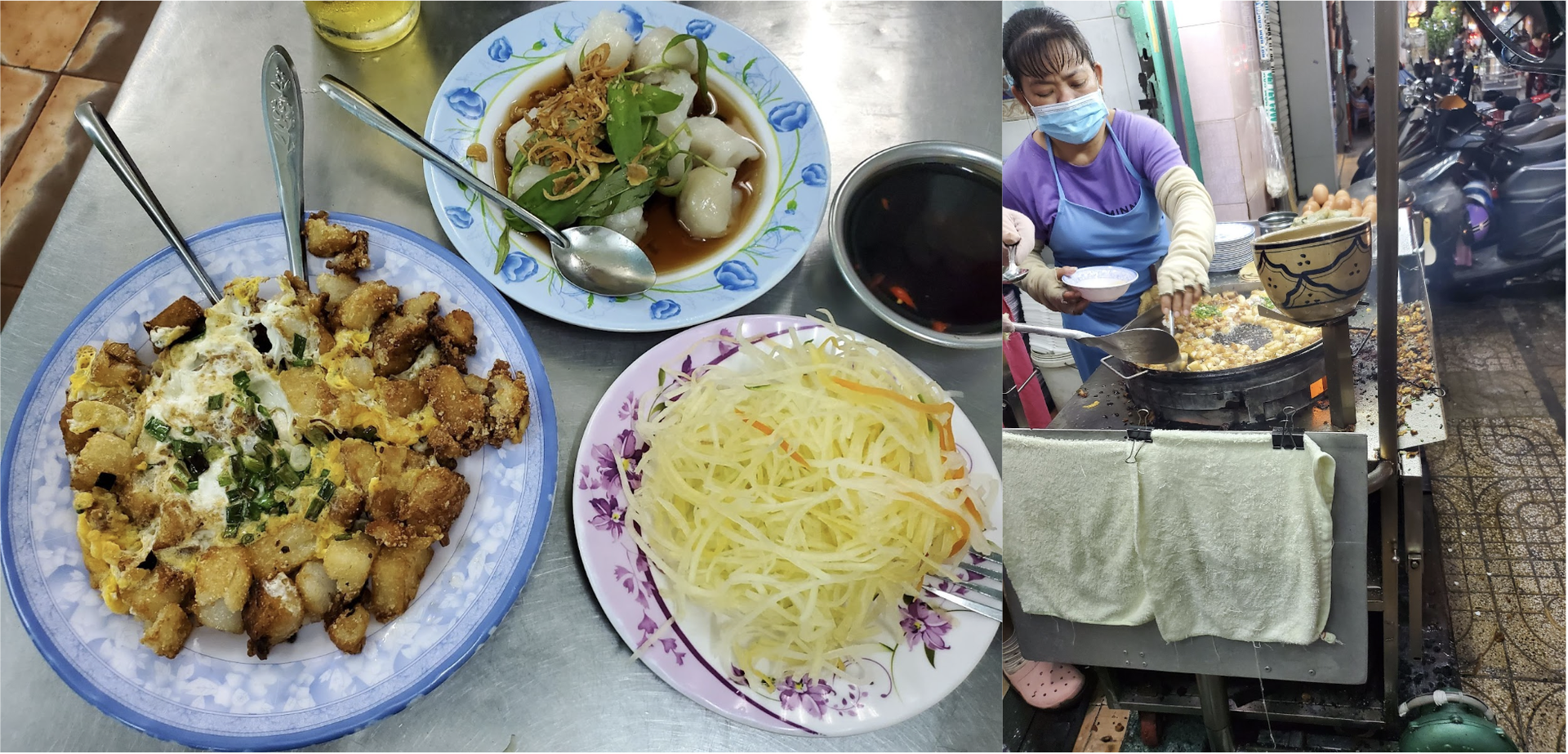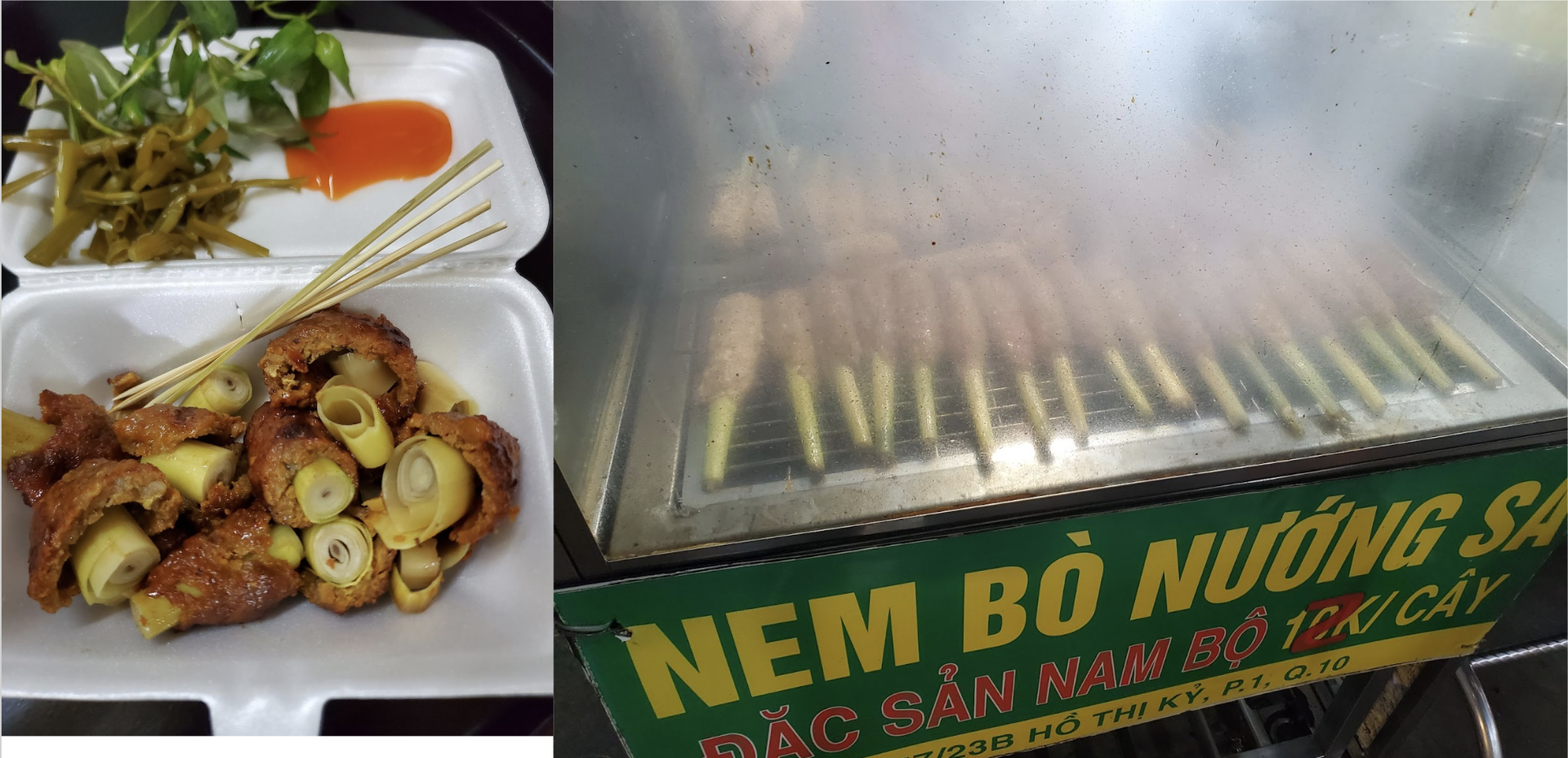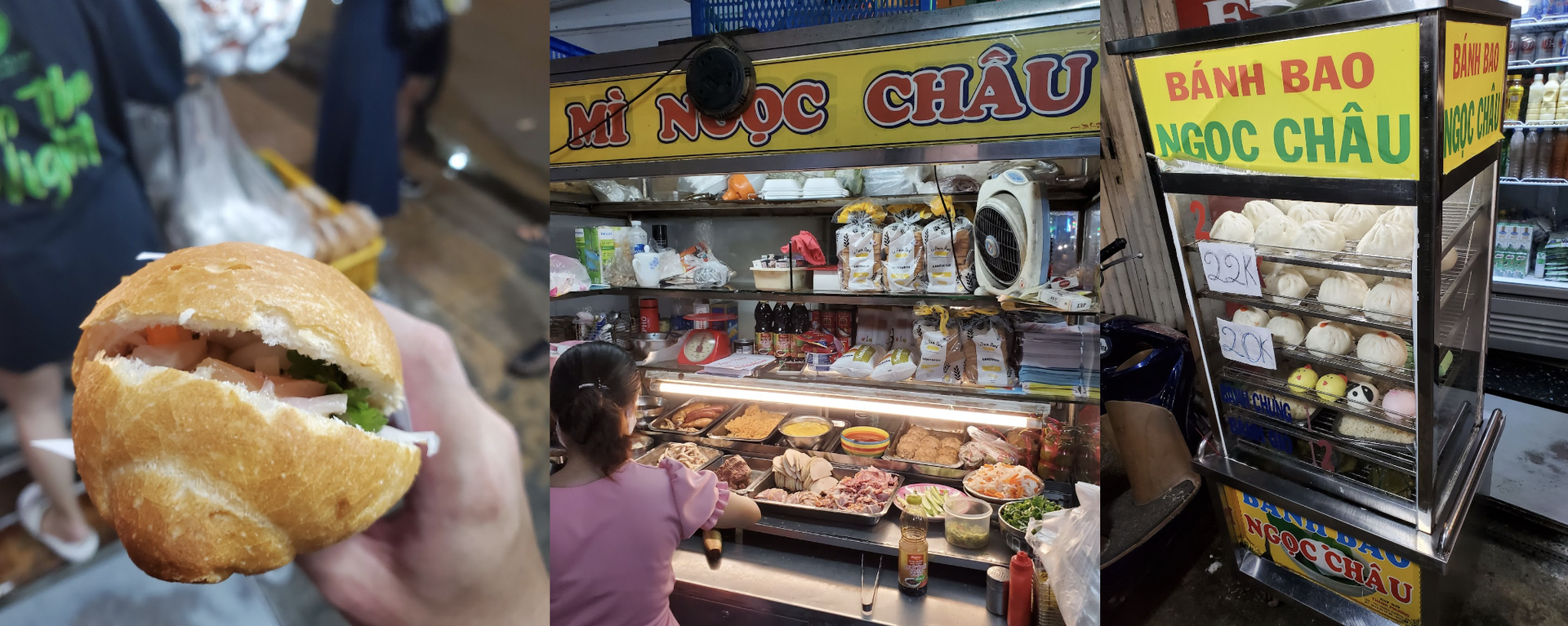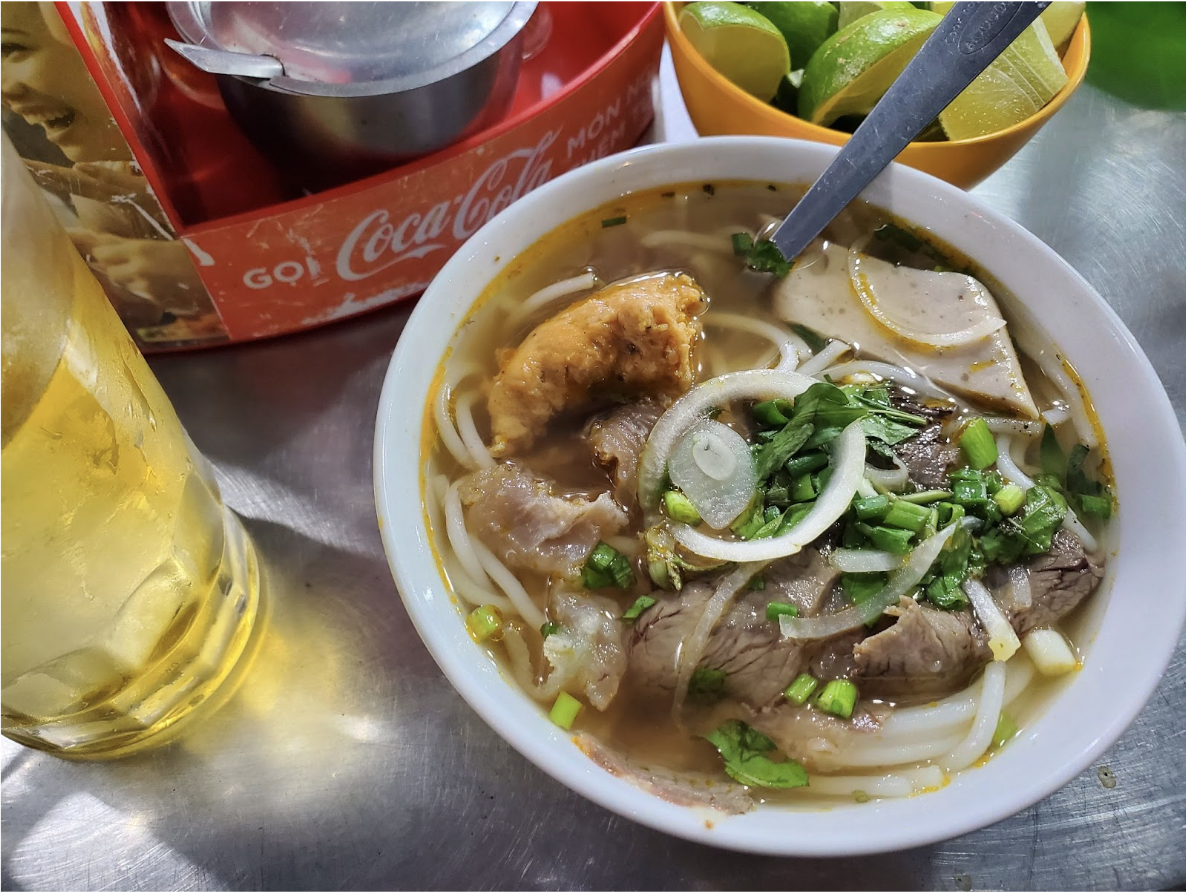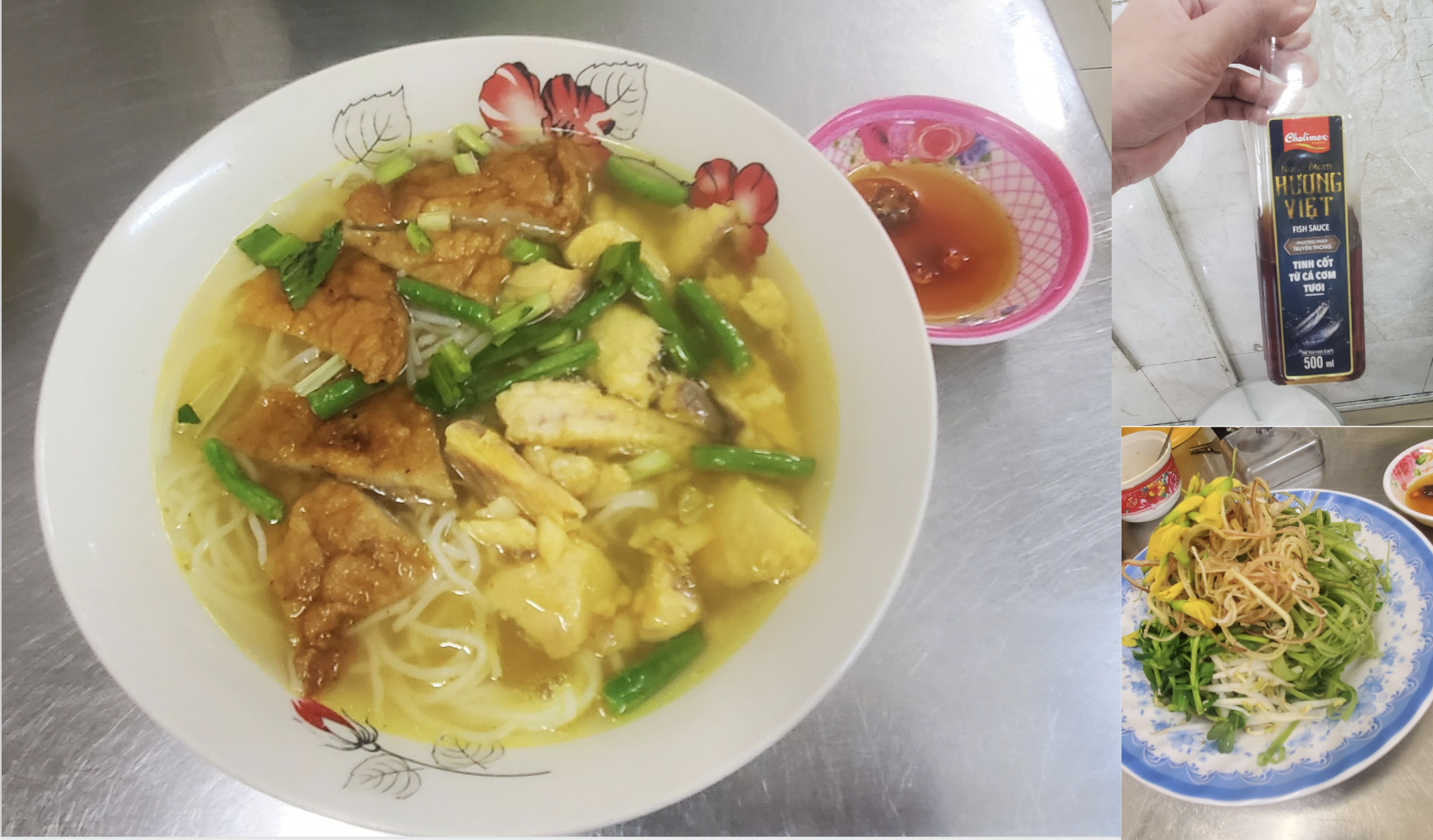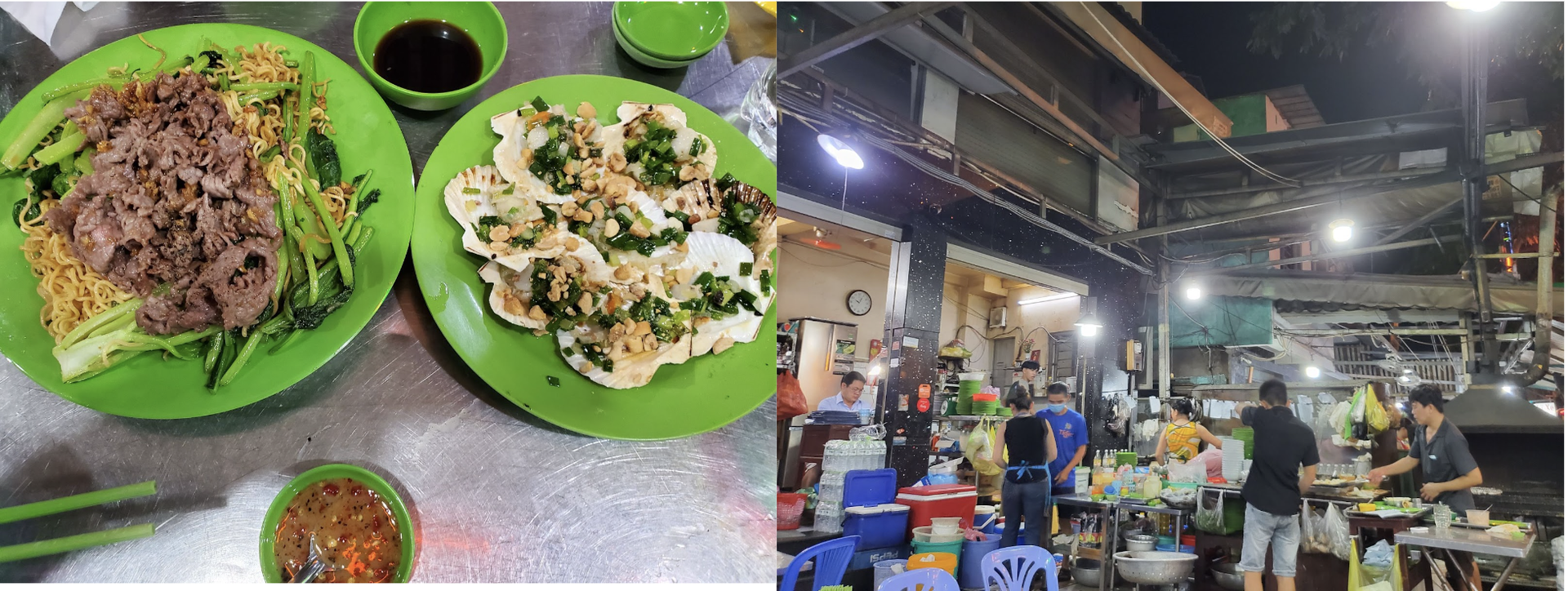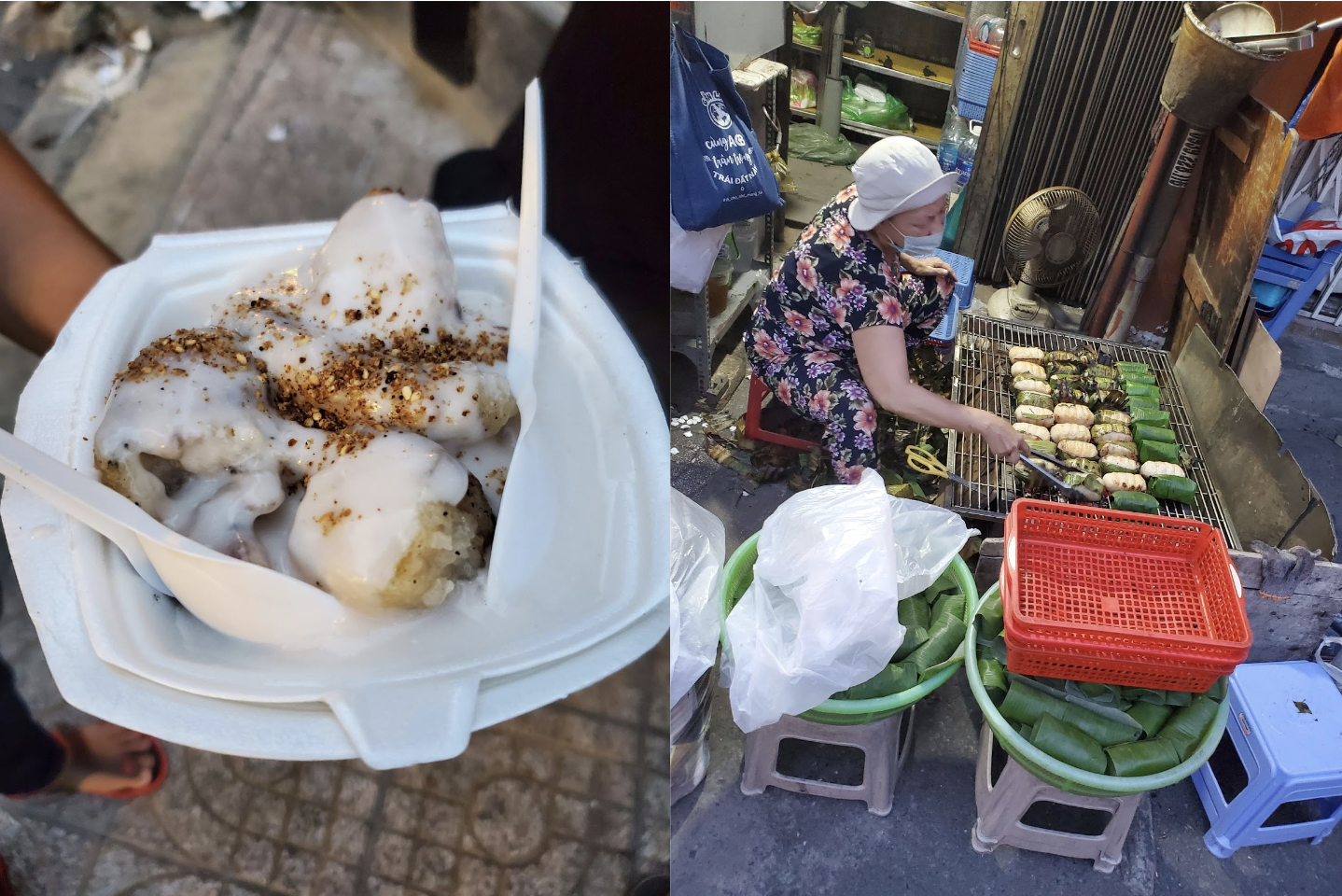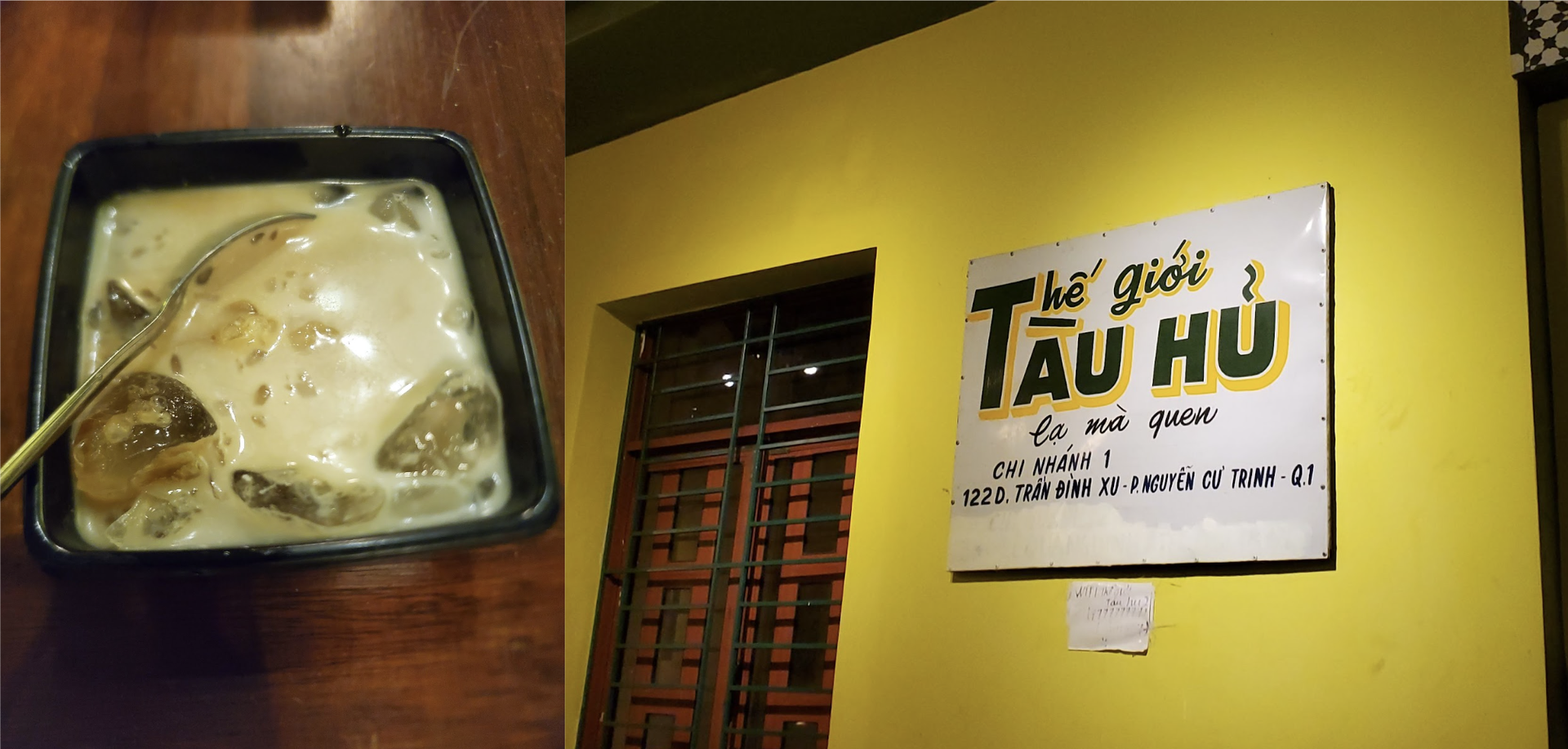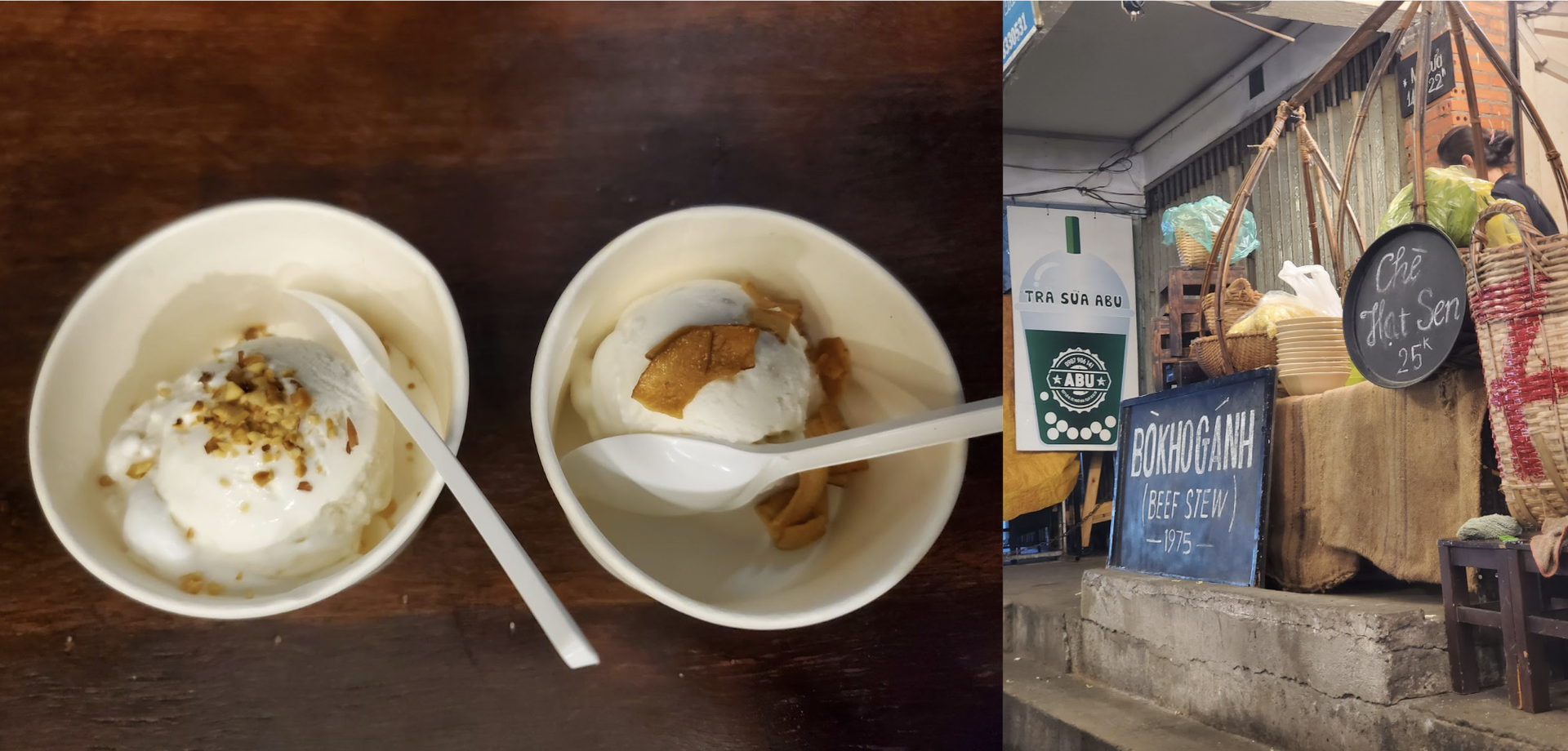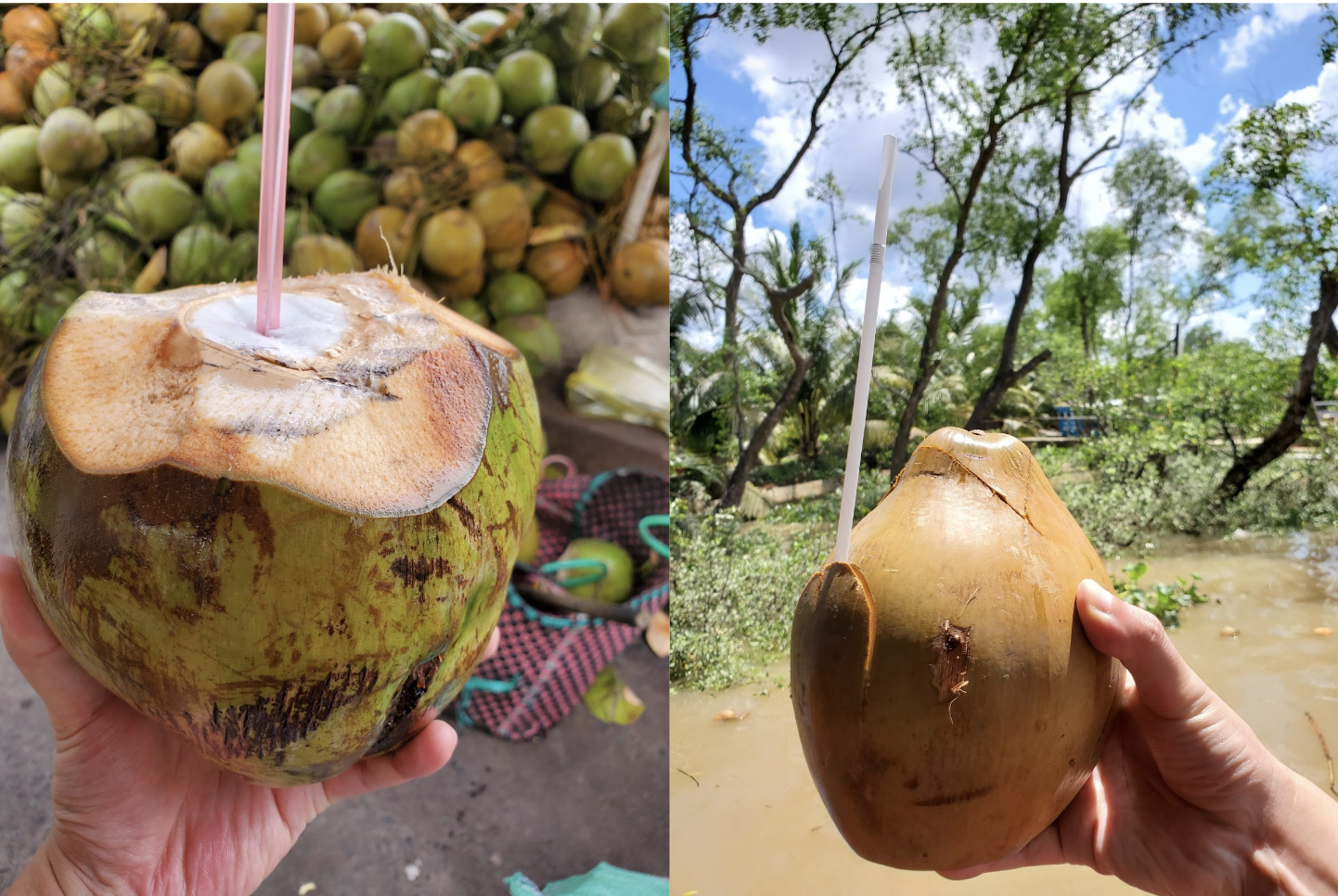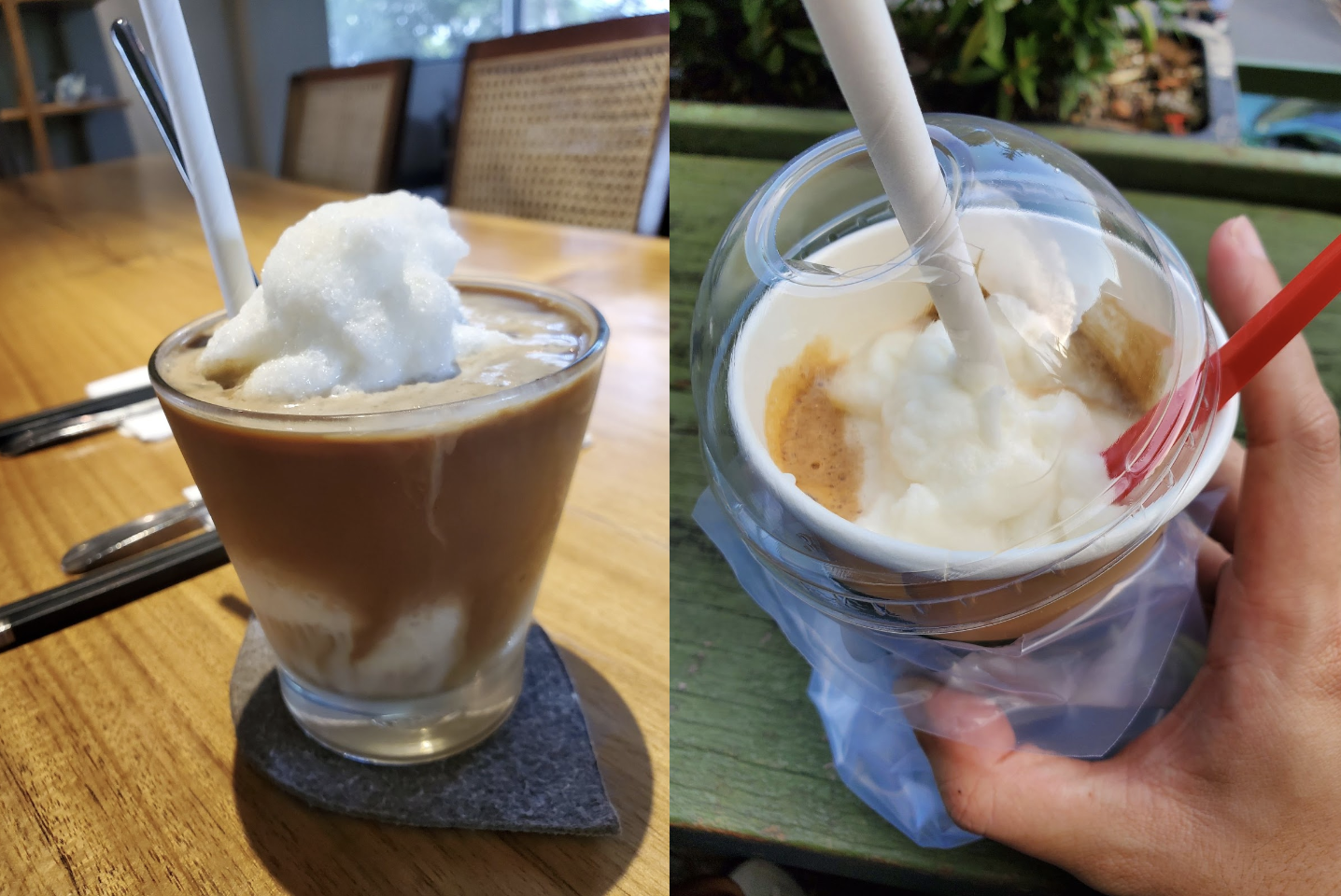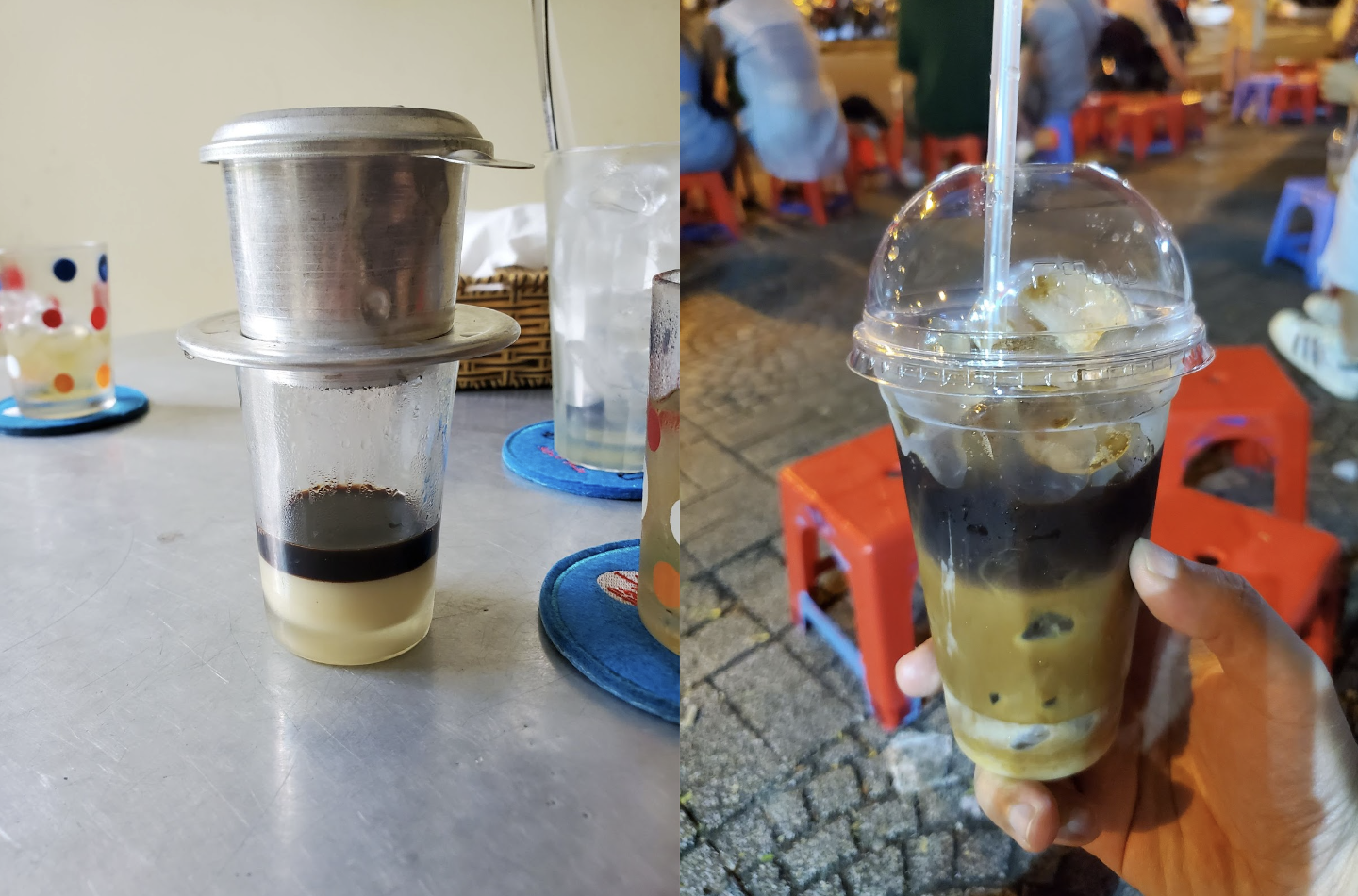My Career Story
Welcome back to another episode of Continuous Improvement! I'm your host, Victor, and today we're diving into the fascinating world of technology and professional growth. I've always been captivated by the ever-evolving landscape of tech, and today I want to share my journey with you. From switching careers to navigating challenges, and embracing continuous learning, we'll explore how I've grown into the role of a software engineer. So grab your favorite beverage, sit back, and join me on this exciting ride!
It all started back in university when I stumbled upon a Java programming course. Little did I know, that course would spark an intense passion for technology within me. After completing my bachelor's degree in Chemistry, I initially pursued a career as a marketing manager in the tourism industry. But I couldn't ignore the fact that many marketers lacked technical skills. This realization inspired me to make a career switch and become a software engineer at an Australian consulting firm.
My time at Accenture was both challenging and rewarding. I was fortunate to work on a large customer-based mobile app for an airline. Tight timelines and numerous feature requirements pushed me to adopt an agile approach. But it wasn't all smooth sailing. Negotiating with the product owner to overcome project blockers taught me an invaluable lesson about the importance of collaboration. In the end, we successfully launched the mobile app, meeting business requirements and ensuring customer satisfaction.
While consulting for EY in the banking sector, I encountered a setback involving the choice of a cloud platform. Our initial choice, Amazon Web Services (AWS), was unable to meet regulatory requirements due to a delay in their data center in Hong Kong. So we had to shift gears and migrate to Microsoft Azure. It was a challenging experience, but one that highlighted the need for adaptability and the ability to make quick, strategic decisions.
Dynatrace brought a whole new set of challenges to the table. I was part of the post-sales team, working on software monitoring products. One particular project stood out – integrating our product into Huawei's cloud platform. Working in Shenzhen, I faced a demanding work culture and a grueling schedule. But through proactive communication and dedication, we successfully launched the project and delivered exceptional results.
My journey continued at HSBC, where I served as a technical lead. Developing an online payment solution for merchants in Malaysia, I identified a fragmented team and office politics that hindered our progress. To overcome these challenges, I dove deep into understanding customer needs, consulted error logs, and fostered effective delegation of tasks. Gradually, we saw a remarkable rise in transaction success rates. This experience taught me the importance of taking ownership and cultivating a harmonious team environment.
Today, I find myself at Thought Machine as a client engineering manager. It's a role that allows me to explore new technologies and collaborate with customers, partners, and teams. Recently, I had the opportunity to assist a colleague in pre-sales, presenting to one of Taiwan's largest banks. Despite the language barrier, I embraced the challenge, translating and presenting the slides with confidence. It was a rewarding experience to see our efforts recognized and appreciated.
Outside of my professional pursuits, I'm an avid advocate for continuous learning. I've obtained certifications in various cloud platforms and project management methodologies like Scrum. But I don't stop there. I actively engage with Toastmasters clubs to improve my communication and public speaking skills. After all, growth knows no limits!
And that brings us to the end of yet another episode of Continuous Improvement. I hope my journey has inspired you to embrace the ever-changing world of technology, to strive for collaboration and continuous learning, and to never shy away from taking on new challenges. Remember, you have the power to shape your own path to success. Until next time, this is Victor signing off!
